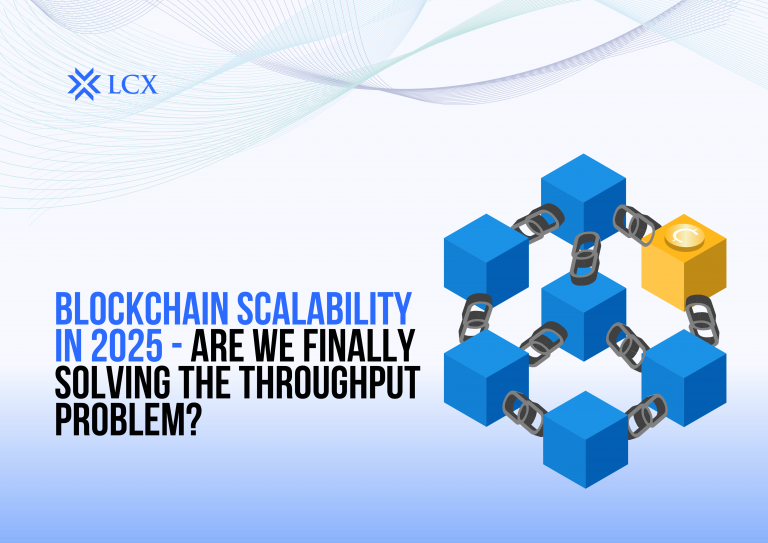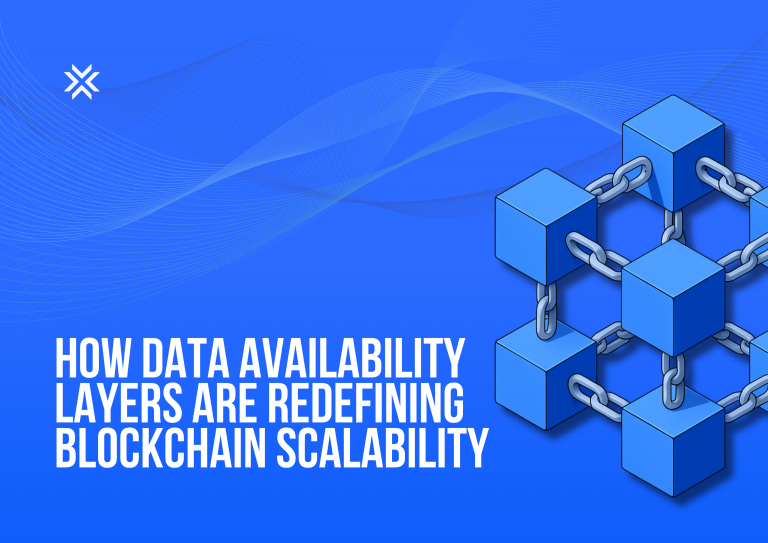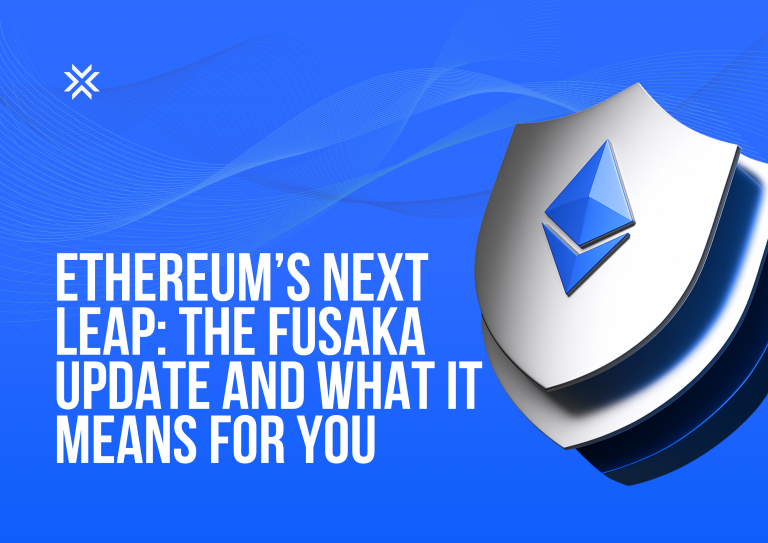When people think about blockchain, they often focus on decentralization, security, or innovation. But there’s another piece of the puzzle that could determine whether Web3 reaches mass adoption: user experience (UX). No matter how powerful the technology, if people find it confusing, intimidating, or clunky, they won’t use it. This is where the future of blockchain lies — making crypto as easy and natural to use as today’s best apps.
The UX Problem in Web3
Traditional apps like Instagram or Spotify succeed because they are seamless. With a few taps, you can share photos or stream music without ever thinking about servers, code, or underlying complexity. Web3, in contrast, often places technical details directly in front of users. Wallet addresses look like random strings of characters, gas fees appear at every turn, and interacting with decentralized apps (dApps) can feel like navigating a maze.
For newcomers, this friction is overwhelming. Many abandon crypto altogether after their first failed transaction or confusing wallet setup. The lesson is clear: if Web3 is to grow, it must hide the complexity.
Intuitive Design: Making Crypto Feel Familiar
A major shift underway in blockchain UX is intuitive design. Developers are learning that crypto apps should feel familiar to users of Web2 platforms. Clean interfaces, simple sign-up processes, and guided onboarding flows are replacing the old world of command-line tools and jargon-heavy dashboards.
For example, wallets are adopting designs similar to mobile banking apps. Clear balances, transaction histories, and easy “send/receive” buttons give users confidence. Some dApps now integrate walkthroughs or tooltips to explain each step, bridging the knowledge gap for beginners. By speaking the user’s language rather than blockchain’s, developers are reducing entry barriers.
Gasless Transactions: Removing the Hidden Friction
Another breakthrough in blockchain UX is the rise of gasless transactions. In traditional blockchain systems, users must pay network fees (gas) for every action — whether sending tokens, minting NFTs, or interacting with a smart contract. For someone new, the concept of paying a separate token just to use an app feels alien. Worse, fees fluctuate wildly, adding to the confusion.
Gasless systems solve this by letting applications cover transaction costs in the background. To the user, it feels like clicking a button on any regular app. Whether the dApp uses meta-transactions, account abstraction, or other methods, the key is the same: removing gas from the user’s field of vision.
This shift not only simplifies onboarding but also makes Web3 apps more predictable and trustworthy. People don’t abandon a streaming platform because they had to pay a random “bandwidth fee” — the same logic should apply to blockchain.
Invisible Blockchain Layers: Web3 Without the Learning Curve
Perhaps the most transformative change in UX is the move toward invisible blockchain layers. In this model, users may not even realize they’re interacting with a blockchain. Just as few people think about how the internet protocols behind email or video calls work, blockchain could fade into the background.
Projects are already experimenting with invisible layers: apps that automatically create wallets for users, manage keys securely, and handle transactions with no pop-up confirmations. Users simply interact with the app as they would any other digital service. Behind the scenes, blockchain ensures transparency, ownership, and security — but the complexity remains hidden.
This approach could be the tipping point for mainstream adoption. Instead of telling people to “learn crypto,” Web3 tools will meet them where they already are.
The Future of Blockchain UX
The next wave of Web3 growth won’t be driven by faster blockchains or shinier tokens alone. It will come from apps that feel effortless, trustworthy, and intuitive. Design-first thinking is no longer optional; it’s the bridge between groundbreaking technology and real-world usability.
If crypto apps can achieve the ease of sending a text, streaming a video, or buying online, then blockchain will finally reach beyond early adopters. Intuitive design, gasless transactions, and invisible layers are not just features — they are the foundation for a Web3 that everyone can use.









